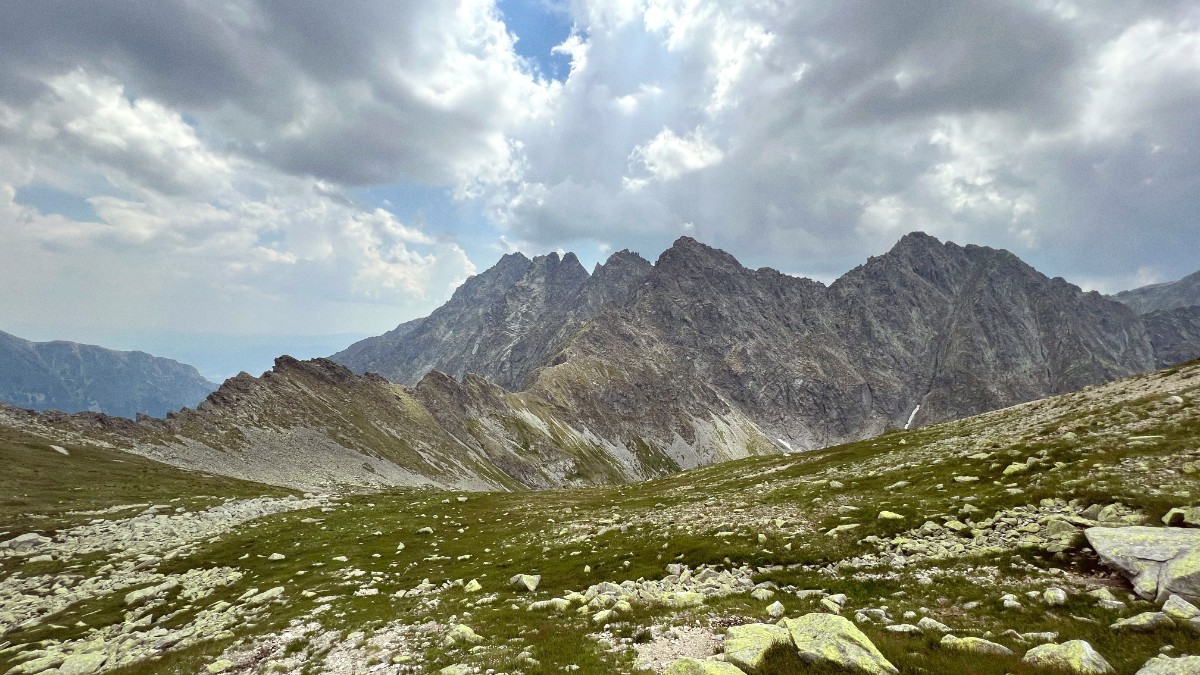
Slovakia
Slovakia is a Schengen Area member. Travel freely within the entire Schengen zone for up to 90 days within any 180-day period. Citizens of the United States, Canada, Australia, New Zealand, United Kingdom, and most South American countries do not need a visa for short tourist or business stays. Simply present your passport upon arrival at the first Schengen entry point.
A new system, ETIAS, will be implemented in mid-2025. After implementation, visa-exempt non-EU citizens will need an ETIAS travel authorization online. This is a pre-travel authorization, not a visa. It will remain valid for three years or until your passport expires. Check official EU sources for exact implementation details.
If your country is not on the visa-exempt list, obtain a Schengen visa (Type C short-stay visa) before your trip. Apply at the Slovak embassy or consulate in your country of residence.
The application process typically involves completing an online application form, scheduling an appointment for an interview, submitting required documents, and paying the visa fee. Allow sufficient time for processing, which can take several weeks or longer.
November 1st to June 15th
These closures protect the environment during sensitive periods and ensure visitor safety from snow and ice. Respect these closures.
Certain high-altitude routes and all trails above the tree line are closed during this period. Plan your hiking accordingly.
Slovakia's Highest Peak
To climb Gerlachovský štít, you must hire a certified mountain guide. This is a safety requirement due to the challenging terrain.
Arrange guides well in advance, especially during peak climbing seasons, to ensure availability.
Vaccinations & Consultations
Slovakia has no specific vaccination requirements for entry. Your routine vaccinations (MMR, Polio, etc.) should be current.
Consult a healthcare professional before your trip to discuss Hepatitis A/B and Tick-borne encephalitis (TBE) for outdoor activities.
Slovakia, including the Tatra Mountains, has a very low crime rate. Violent crime against tourists is rare. Petty crime, like pickpocketing, can occur in crowded tourist areas or on public transport, notably in larger towns like Poprad. Practice standard urban caution in Poprad, especially around train and bus stations at night. Keep valuables secure and out of sight.
Avalanches: A significant risk in winter and early spring in higher, unmarked terrain. Always stick to marked trails and consult official avalanche forecasts. Sudden Weather Changes: Mountain weather is unpredictable. Sunny mornings quickly turn into thunderstorms or blizzards. Always check the forecast and prepare for varying conditions. Wildlife: Brown bears, chamois, and wolves inhabit the Tatras. Encounters with bears are extremely rare. Make noise when hiking in dense forest, store food properly, and do not leave any food waste. Never approach or feed wild animals.
Dial 112 for police, fire, and ambulance services.
Dial 18300 for direct contact. Always have travel insurance that covers mountain rescue.
Dial 158 for direct police contact.
Dial 155 for direct ambulance services.
Dial 150 for direct fire department services.
The Tatra Mountains present options for different travel styles, from budget-conscious adventures to luxury escapes.
For a budget traveler (€40-€70 per day), anticipate hostel dorms or basic guesthouses (€15-€30). Purchase groceries from supermarkets for some meals. Rely on affordable public transport. Mid-range travelers (€70-€150 per day) select mid-range hotels/apartments (€40-€80) and enjoy local restaurants.
Luxury travelers (€150+ per day) select 4-5 star hotels or luxury chalets (€80-€200+). Indulge in fine dining experiences. Private transfers and guided mountain tours characterize this tier.
Tipping is customary in Slovakia, especially in restaurants, cafes, and for taxi drivers. It acknowledges good service.